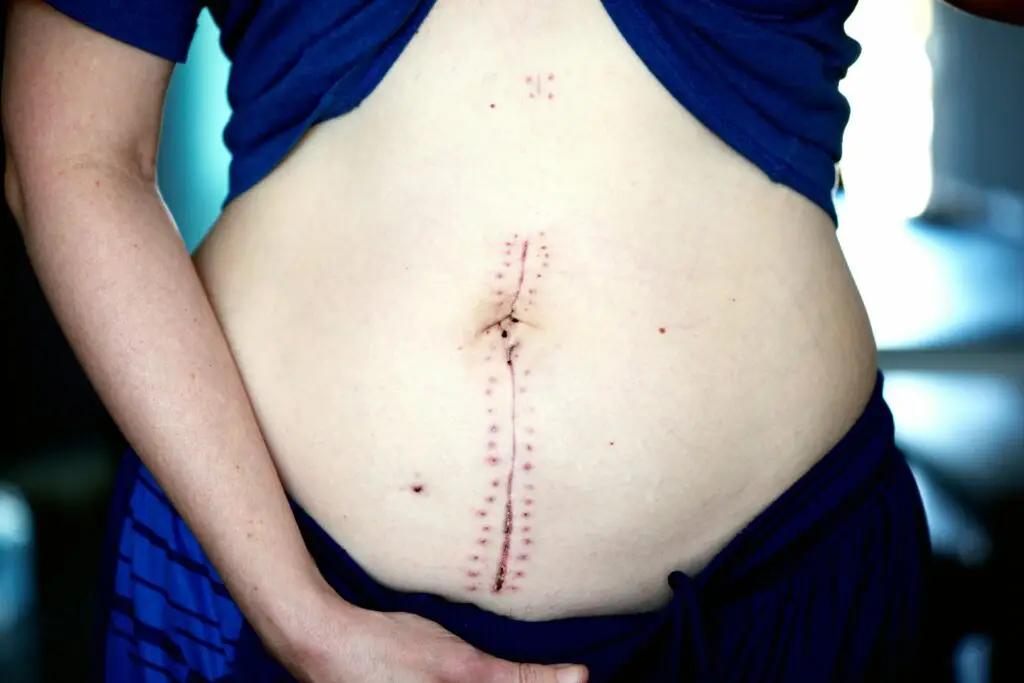Meckel’s diverticulum is the most common congenital anomaly of the gastrointestinal (GI) tract, affecting approximately 2% of the population. It is a true diverticulum, meaning it contains all layers of the bowel wall. This condition is often asymptomatic but can lead to complications such as bleeding, intestinal obstruction, and diverticulitis. Below is a detailed exploration of Meckel’s diverticulum based on the provided texts.
1. Anatomy and Embryology
1.1 Embryological Origin
- Meckel’s diverticulum arises from the incomplete obliteration of the omphalomesenteric (vitelline) duct during the eighth week of gestation.
- This failure results in a spectrum of abnormalities, with Meckel’s diverticulum being the most common. Other anomalies include:
- Omphalomesenteric fistula
- Enterocyst
- Fibrous band connecting the intestine to the umbilicus.
1.2 Anatomical Features
- Location: Found on the antimesenteric border of the ileum, typically within 60-100 cm of the ileocecal valve.
- Structure: A true diverticulum containing all layers of the bowel wall (mucosa, submucosa, and muscularis propria).
- Size: Usually 2 inches (5 cm) in length.
- Blood Supply: Supplied by a remnant of the vitelline artery, which can form a mesodiverticular band tethering the diverticulum to the ileal mesentery.
2. Pathophysiology
2.1 Heterotopic Mucosa
- Approximately 60% of Meckel’s diverticula contain heterotopic mucosa, with gastric mucosa being the most common (over 60% of cases).
- Other types of heterotopic tissue include:
- Pancreatic acini
- Brunner’s glands
- Pancreatic islets
- Colonic mucosa
- Endometriosis
- Hepatobiliary tissues
2.2 Complications
- Bleeding: Caused by ileal mucosal ulceration adjacent to acid-secreting gastric mucosa within the diverticulum.
- Intestinal Obstruction: Can occur due to:
- Volvulus around a fibrous band connecting the diverticulum to the umbilicus.
- Entrapment of the intestine by a mesodiverticular band.
- Intussusception with the diverticulum acting as a lead point.
- Stricture secondary to chronic diverticulitis.
- Diverticulitis: Inflammation of the diverticulum, often mimicking acute appendicitis.
- Littre’s Hernia: Presence of Meckel’s diverticulum in an inguinal or femoral hernia sac, which can lead to incarceration and obstruction.
- Neoplasms: Rarely, carcinoid tumors or other neoplasms may develop within the diverticulum (0.5%-3.2% of cases).
3. Clinical Presentation
3.1 Asymptomatic Cases
- The majority of Meckel’s diverticula are asymptomatic and are often discovered incidentally during imaging, endoscopy, or surgery.
3.2 Symptomatic Cases
- Bleeding: The most common presentation in children, characterized by painless rectal bleeding or melena. Rare in patients over 30 years of age.
- Intestinal Obstruction: The most common presentation in adults, caused by volvulus, intussusception, or herniation.
- Diverticulitis: Presents similarly to acute appendicitis, with symptoms such as abdominal pain, fever, and leukocytosis.
- Chronic Ulceration: May cause periumbilical pain due to the midgut origin of the diverticulum.
- Perforation: Can occur, leading to peritonitis.
4. Diagnosis
4.1 Imaging and Diagnostic Tools
- Radionuclide Scan (Meckel Scan): Uses technetium-99m pertechnetate to detect ectopic gastric mucosa. Highly accurate in children (90%) but less so in adults (<50%).
- Tagged Red Blood Cell Scan: Useful for identifying the source of bleeding.
- Enterocolysis: Accuracy of 75%, but not suitable for acute presentations.
- CT and Sonography: Limited utility due to difficulty distinguishing the diverticulum from intestinal loops unless diverticulitis is present.
- Angiography: Can localize bleeding during acute hemorrhage.
4.2 Intraoperative Diagnosis
- Meckel’s diverticulum is often discovered incidentally during surgery for other conditions, such as suspected appendicitis.
5. Treatment
5.1 Surgical Management
- Symptomatic Cases:
- Diverticulectomy: Removal of the diverticulum, often with excision of associated bands.
- Segmental Ileal Resection: Required for cases involving bleeding, tumors, inflammation, or perforation. This ensures complete removal of the affected tissue.
- Incidental Findings:
- The management of asymptomatic Meckel’s diverticulum is controversial. Some advocate for prophylactic diverticulectomy in patients under 50 years of age, those with ectopic tissue, or diverticula >2 cm in length. However, the lifetime risk of complications is low (4%-6%), and prophylactic surgery is not universally recommended.
5.2 Surgical Techniques
- Simple Diverticulectomy: For uncomplicated cases.
- Linear Stapler-Cutter: Used for broad-based diverticula to avoid stricture or leaving heterotopic tissue behind.
- Limited Small Bowel Resection: For cases with indurated or inflamed bases.
6. Key Features and Mnemonics
6.1 Rule of Twos
- 2% prevalence in the general population.
- 2:1 male-to-female ratio.
- Located 2 feet (60 cm) from the ileocecal valve.
- 2 inches (5 cm) in length.
- 2 types of heterotopic mucosa (gastric and pancreatic).
- Most symptomatic cases present before 2 years of age.
6.2 Littre’s Hernia
- Meckel’s diverticulum found in an inguinal or femoral hernia sac.
7. Prognosis and Complications
- The lifetime risk of complications is 4%-6%.
- Complications include bleeding, obstruction, diverticulitis, and perforation.
- Neoplasms, though rare, can develop within the diverticulum.
8. Summary
Meckel’s diverticulum is a congenital anomaly resulting from incomplete obliteration of the vitelline duct. While often asymptomatic, it can lead to significant complications such as bleeding, obstruction, and diverticulitis. Diagnosis can be challenging, but radionuclide scans are particularly useful in children. Surgical management is indicated for symptomatic cases, while the treatment of incidental findings remains debated. Understanding the “rule of twos” and the potential complications is essential for effective clinical management.


